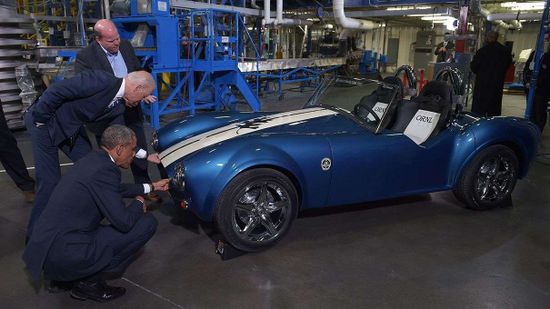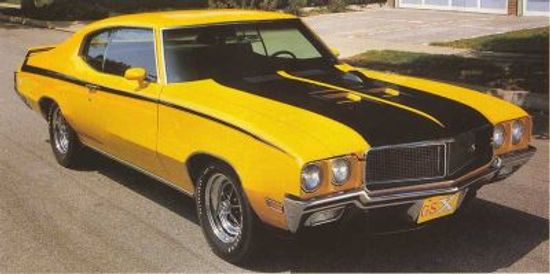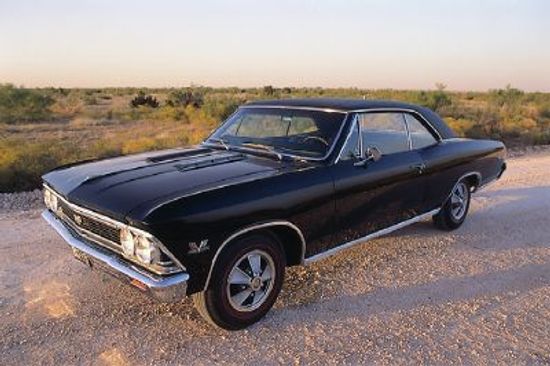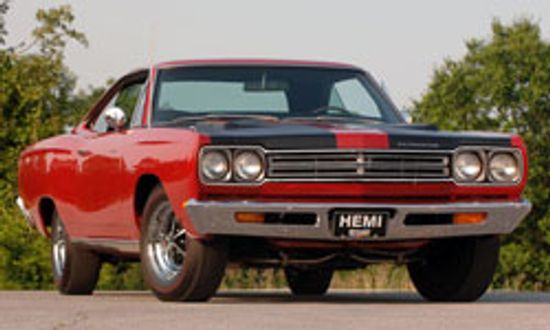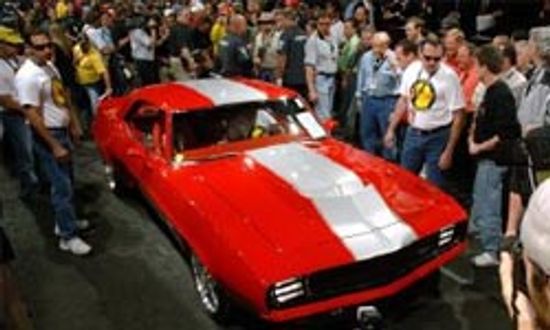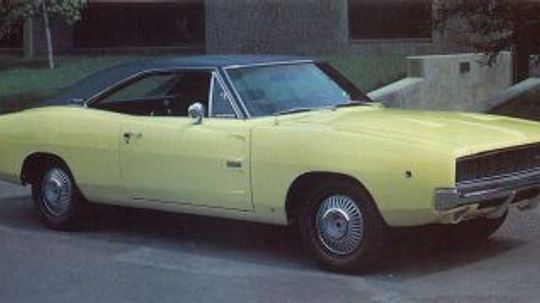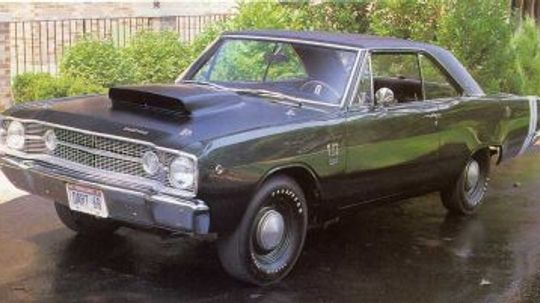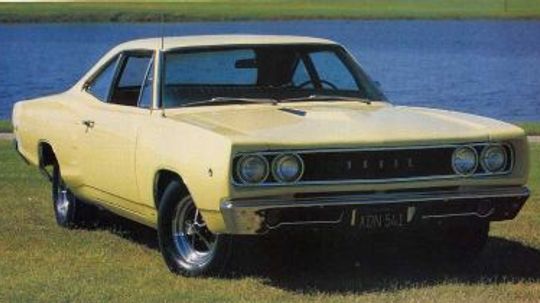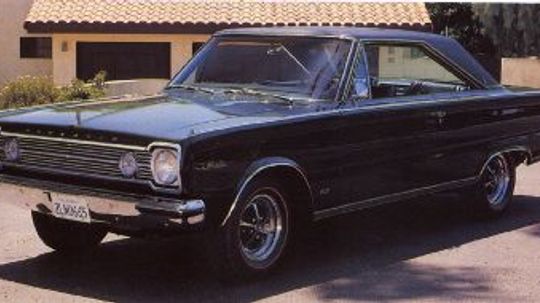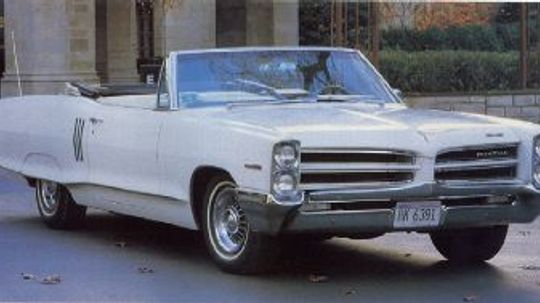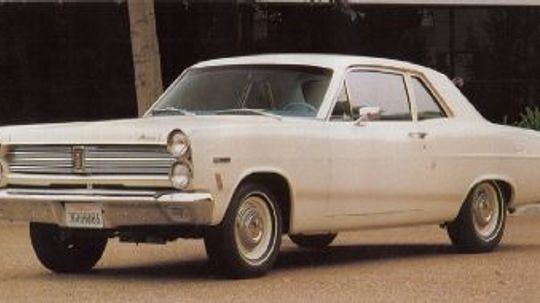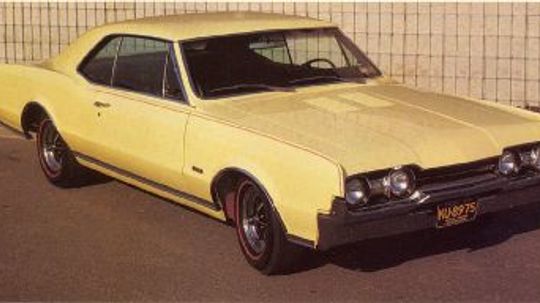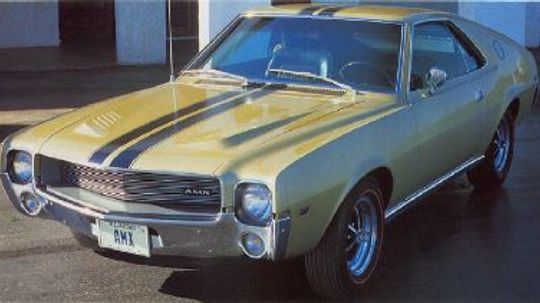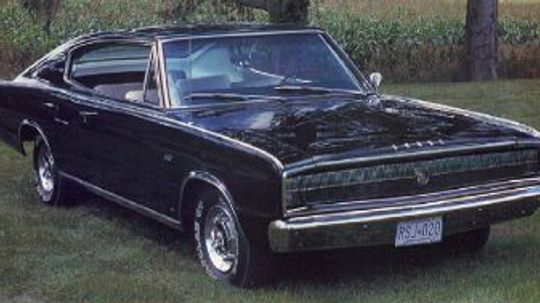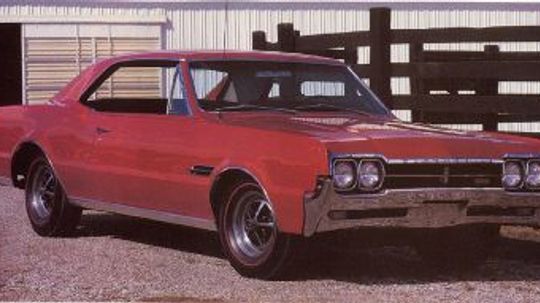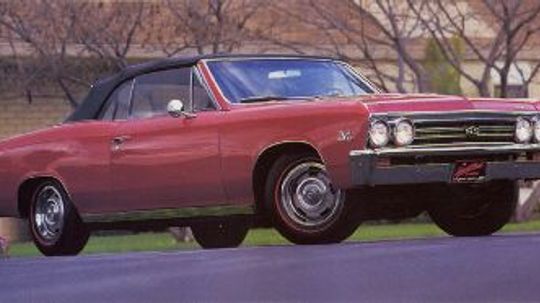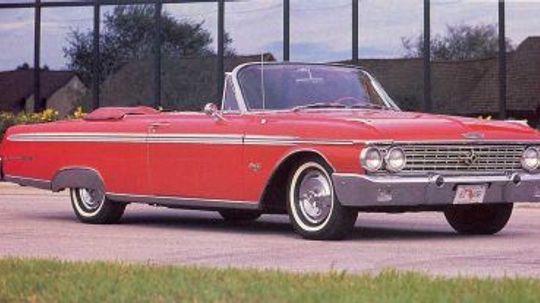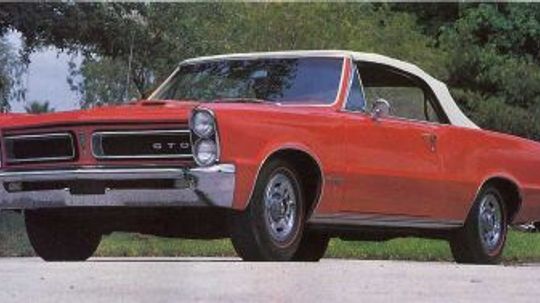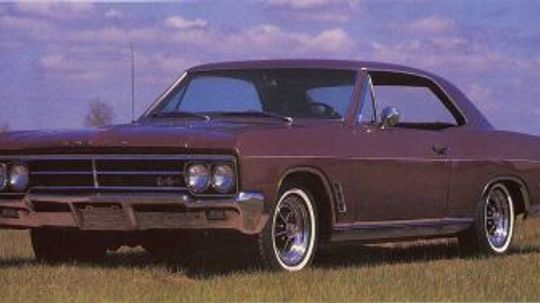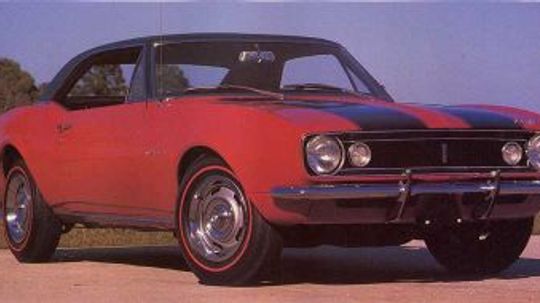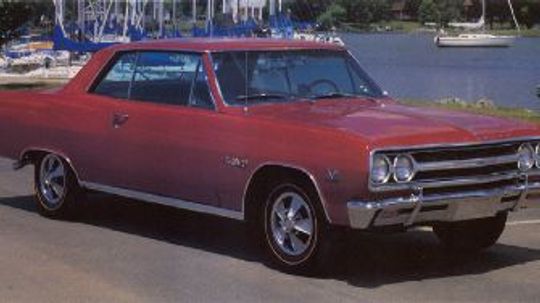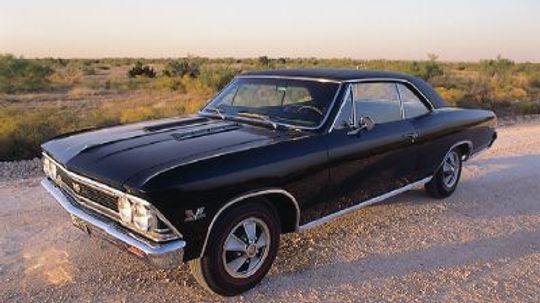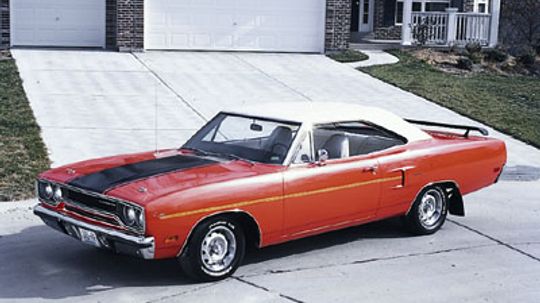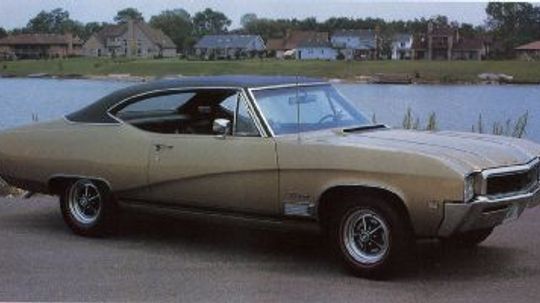Muscle Cars
The Muscle Car Channel contains articles and pictures on the big-engine hot rods of each decade. Explore the HowStuffWorks Muscle Car Channel.
Learn More / Page 4
Dodge Charger's new styling represented a high point for '60s muscle cars. And in the form of a Charger R/T Hemi, its performance justified equal praise. Learn about the 1968 Dodge Charger R/T Hemi.
With its standard 340-cid V-8, the 1968 Dart GTS 440 was a worthy member of Dodge's new performance-car group, the Scat Pack. Learn more about the Dodge Dart GTS 440 in this muscle car profile.
Dodge described its '68 Super Bee as "the super car for the guy who doesn't want to shy away from GTOs...only their high prices." But finishing behind in sales must have stung. Learn more.
Advertisement
The 1971 Pontiac Firebird Trans Am eclipsed the GTO as the automaker's premier performance offering, and sent the rest of the pony field scurrying. Find out about this muscle car, and see photos and specifications.
Car and Driver called the 1966 Plymouth Satellite 426 Hemi "the best combination of brute performance and tractable street manners we've ever driven." Learn more about Plymouth’s ultra-supercar in this muscle car profile.
It was no accident that the manufacturing leader in intermediate muscle put together the finest full-size performance machine -- the 1966 Pontiac 2+2. Learn about this muscle car.
Hottest big-block, lightest body, no frills -- not even a radio: The 1967 Mercury Comet 427 was the muscle car distilled to its essence. Learn more about the Comet 427 in this profile.
Advertisement
Oldsmobile called its 1967 sporty cars the "Youngmobiles" and advertised them accordingly. The Oldsmobile Cutlass 4-4-2 W-30 was "the sweetest, neatest, completest anti-boredom bundle on rubber!"
Inspired by the 1966 American Motors Experimental concept car, the ’68 AMC AMX featured a big-cube V-8 for straight-line go but had a wheelbase one-inch shorter than a Corvette's and just two seats.
Chevy built 491,000 Impalas for 1961. Only 453 had the Super Sport package, and of those, just 142 got the 409-cid V-8. But word spread quickly. Learn about the 1961 Chevrolet Impala SS 409.
By 1968, the youth of America needed an inexpensive mainstream muscle car with an inexpensive special engine. Just such a muscle car arrived with the 1968 Plymouth Road Runner. Learn about this legendary car.
Advertisement
"Beauty and the beast" was how Dodge pitched its new Charger in 1966. The Charger 426 Hemi featured a state-of-the-art interior with lots of chrome plus Chrysler's 426-cid Hemi V-8. Learn about this muscle car.
In 1966, Oldsmobile's interpretation of the modern supercar -- the Cutlass 4-4-2 -- was quickly gaining a reputation as the best balanced of the bunch. Learn more about that muscle car in this profile.
The Chevrolet Chevelle SS 396 took several steps forward and a couple steps back for 1967. Advancements came in road manners and driveability, but the dashboard still was boring. Learn about this muscle car.
The 400-horsepower club was the rage in the early '60s, and Ford got in with the 1962 Ford Galaxie 406. See how Ford tweaked a Thunderbird engine to get the necessary power out of this muscle car.
Advertisement
Pontiac had to sell a stock version of its Super Duty muscle car in 1962 to meet NHRA rules of the time. Learn how the street version of the Pontiac Catalina Super Duty 421 evolved.
In songs and in the showroom, the Pontiac Tempest GTO captured attention of muscle car fans and the general public alike. Check out photos and specs of the 1965 Pontiac Tempest GTO.
Buick found out that the public didn't want muscle cars in formal attire, as sales of the pricey 1966 Skylark Gran Sport tanked. Learn more about the 1966 Buick Skylark Gran Sport.
Everyone knows the Camaro Z28. Yet this muscle car was originally supposed to be an unheralded model. Learn how the legend grew out of a ploy to meet racing rules in the 1967 Chevrolet Camaro Z28.
Advertisement
The Big Bang in muscle car's evolution is the 1964 Pontiac Tempest GTO. "The Goat" generated a cult following and sent rivals scrambling to come up with similar machines. Learn about the Tempest GTO.
The Chevrolet Chevelle's climb to muscle car stardom began with a couple of mid-1965 maneuvers to recapture lost ground. The result was the 1965 Chevrolet Chevelle SS 396. Learn more about this muscle car.
In some ways, more turned out to be less in the 1966 Chevelle SS 396. However, its comfortable seats and sporty styling made this muscle car a great daily driver. Learn about the Chevelle SS 396.
With freshened styling, the 1970 Road Runner was an integral part of Plymouth's "Rapid Transit System" -- the advertising tagline applied to its bawdiest muscle cars. Learn more about the 1970 Plymouth Road Runner Hemi.
Advertisement
In 1968, GM's midsize lineup got new bodies, and two-door models got a shorter 112-inch wheelbase. That meant big styling changes for the muscle contingent, including the Buick GS 400. Learn about this muscle car.
Refinement was the byword for the 1968 Chevrolet Camaro SS 396. And despite stronger competition, Camaro sales increased by 14,198 units for '68 to 235,147. Learn more about this muscle car.
